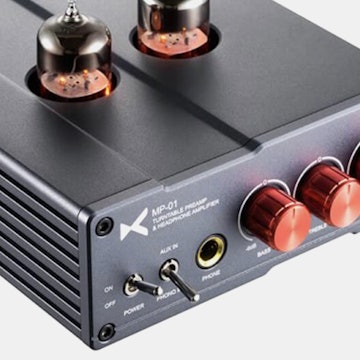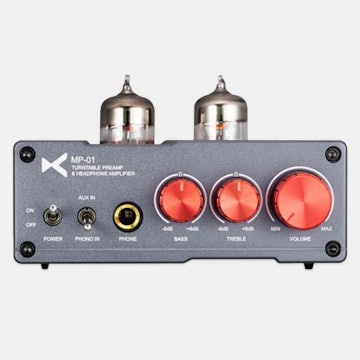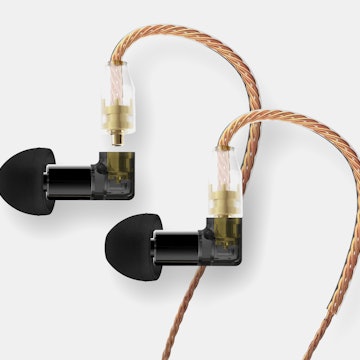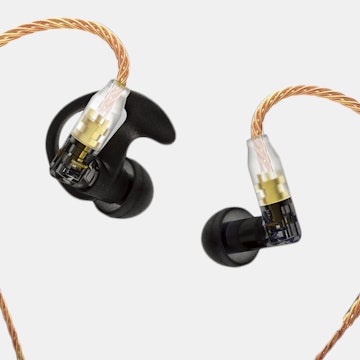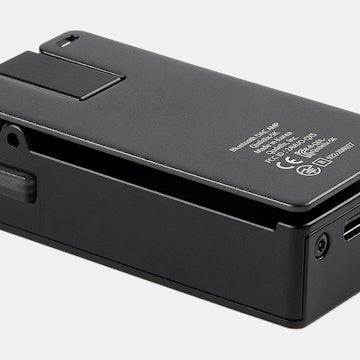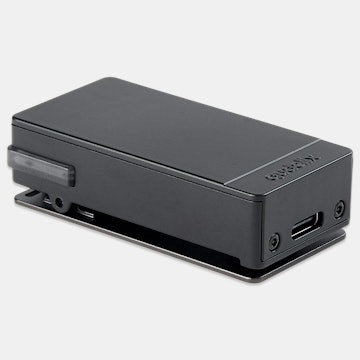Click to view our Accessibility Statement or contact us with accessibility-related questions


Showing 1 of 9 conversations about:

alkc
3
Oct 5, 2022
bookmark_border
My concern would be for electric shock if you accidentally got your fingers into this or maybe damage something. Is this a legitimate concern?

Evshrug
4147
Keyboard Club Member
Oct 5, 2022
bookmark_border
alkcI’ve had this kind of acrylic sandwich design for years in headphone amps and Raspberry Pi micro computers. It’s not that easy to jam your fingers inside by accident, it does allow heat to escape, some people think it looks cool to see the electronic guts (kind of makes sense with the tube enthusiast audience), and just like any electronic I would advise against dropping anything heavy on it.
I’d be more concerned/interested in adding a faraday cage or something equivalent around the tube, because that’s one of the most dangerous parts to touch while operating, and you don’t see most tube amps protecting people from the tubes.
(Edited)

SuperFlyEDSguy
66
Oct 11, 2022
bookmark_border
EvshrugThink this through with me. It says that it’s a Class D amp with the 12AU7 tube being used for buffering, right? However, it first mentioned that it’s a Class A “tube” amp, yes? So, which is it, a “buffer” or an “amp?” If we say “amp” how does the correct class factor in? Well let’s find out! (You probably knew that I was gonna say that. Anyways…)
The back certainly appears to have a “barrel” style input for DC power, like you said a generic “Walmart” adapter should work just fine, and I think you’re right as we don’t really see the components up close, but we are lacking a bridge rectifier and step-down transformer. This immediately should scream that those parts are external and it takes a nominal amount of DC voltage to operate. This is important, like really important, but first…
Let’s get back to the 12AU7 tube, you seem worried that it’ll put out a lot of heat, right?! Actually, no! Really! No. This is because in order to operate as an amp (instead of a buffer) we would need ~300V (DC, but that’s a separate conversation) across the plate in order to allow it to operate in a mode that will support Class A amplification. Oddly, the 12AU7 spec sheet doesn’t discuss Class D, but as we will soon see it doesn’t make much of a difference because of the amount of voltage available across the plate. So, an external transformer may give us something like 12VDC and that’s waaayyyyyyy less than what we would need to operate as an amp, so it’s working as a buffer using a methodology called “starved plate” design. Though you may hear people online saying that this particular design “doesn’t work,” I can assure you that it works just fine to “buffer” audio, it just won’t amplify it! You’d need a solid state counterpart for that while using a 12VDC-ish source. The reason why a “starved plate” (literally starving it for voltage) won’t work for amplification is because the plate is integral to the amplification process, however tubes were not originally designed as buffers, but we discovered when not applying ideal voltages across the plate that we get certain desirable audio characteristics that we didn’t account for when tubes WERE designed for Radar applications and the like.
As the voltage is so low, we are not going to have nearly the heat output that we would with a true Class A amplifier setup using the very same tube, and this is why you’ll sometimes see tube preamps being sold with LEDs making the tube glow inorganically. It’s just cool to look at as it’s not something that we would actually have resulting from such a buffer design, however if the buffer is designed right it will sound quite nice! It just won’t glow red hot!
So, if you were following my logic, you will see — hopefully — that heat is negligible being due to the design constraints of a “starved plate” buffer, and as we are not dealing with something that needs to be EMF protected, there is simply no need for a proper Faraday Cage. A metallic cage would be nice to protect your paws from the hot tubes if using them for true amplification, but a Faraday Cage has an entirely different purpose, one that may be contrary to the design as we’re not dealing with EMF that needs to be shielded from sensitive parts. The tube does not use EM technologies such as inductance, so it would be of absolutely no value to shield it from external EM sources. Perhaps other areas on the board could benefit, if inductance is used for example, just not here by the tube.
Tubes are about as simple as it gets.
Feel free to ask questions if you have any, and I’ll try to answer them to the best of my ability. ✌️











